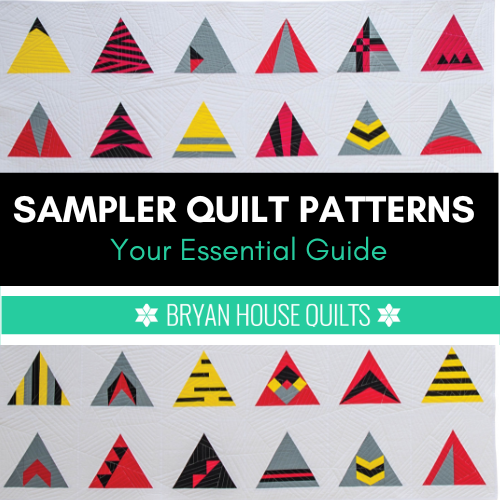
Sampler quilt patterns are great skill-builders and confidence-growers. My essential guide shows you how to select, color, design and piece a sampler quilt pattern.
What is a sampler quilt?
This quilt style features individually unique blocks arranged in a grid. Variety is the spice and colors create harmony among the blocks. Sashing is often used between the blocks (strips of fabric) with traditional versions and without
In this blog post, learn about the skill-builder quilts that expose you to new skills and improve them – all in one quilt.
- See the types, styles and skill levels – simple to complex, traditional to modern.
- How to select a harmonious color palette and fabrics
- Learn tips for laying out the blocks to balance the design
I will also show you how I design triangle samplers with a modern twang using color, design recipes and layout decisions in this essential guide.
Are sampler quilt patterns difficult?
Creating a sampler quilt takes more time to make because each block is different. Different skills are required to complete blocks, making them ideal for quilters who want to learn about construction and block varieties – more than 3500 and counting. Most designer quilts feature easy to intermediate level blocks.
One of the first sampler quilts to turn my head is Vintage Quilt Revival by Katie Clark Blakesly, Lee Heinrich and Faith Jones. Oooooh!
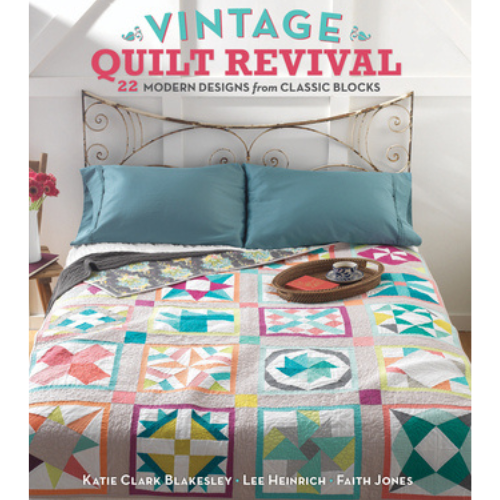
Tutorial: Basics of Sampler Block Quilt Patterns
This type of quilt is a made up of a variety of quilt block patterns, with no blocks alike. For example, it might feature a different star blocks like Shelly Cavanna’s Barn Star Sampler book with 20 blocks and 7 quilts.
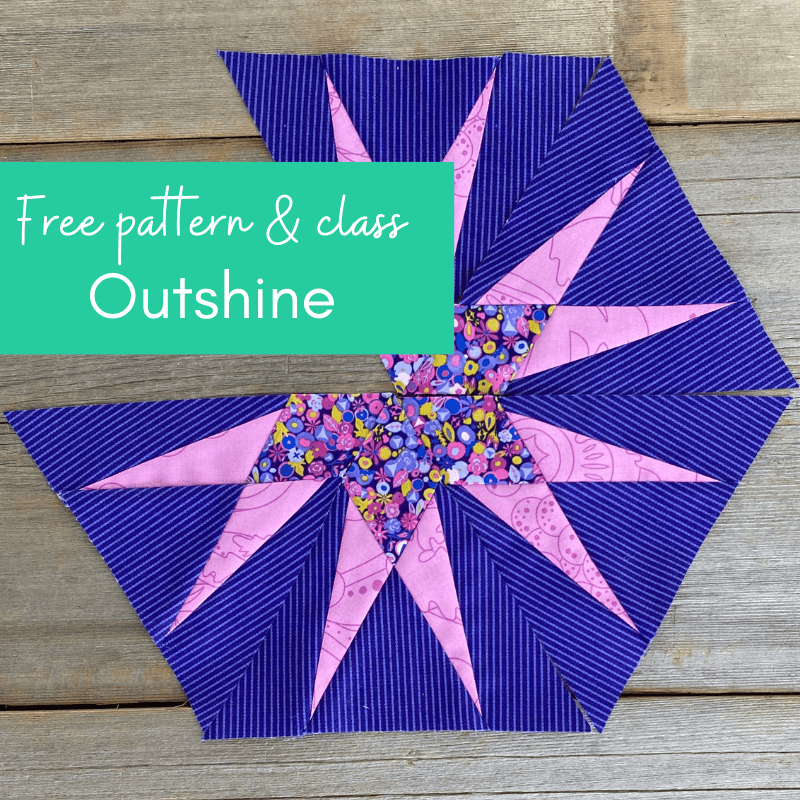
It’s the best way to paper piece…for quilters who hate paper piecing. Try the no-peeling, fast method for beautiful foundation quilts!
The quilts are often themed by a motif, like pumpkins, flowers, mushrooms, bugs or you name it. Collection themes are popular and fun to make, like Elizabeth Hartmann’s Fab Farm is a perfect example of a collection.
They are also a lot of fun to make, because you each block is a new experience. You get to say “I made this one and this one and this one…”
Block of the month programs are popular. You make a different block pattern each month for a year. A great way to build your skills, and finish with a beautiful quilt at the end.
My BOM designs use many samples from my book Modern Triangle Quilts and recent designs. They don’t look like a traditional sampler because I use modern layout techniques, like positive/negative space, prominent white backgrounds, solid color fabrics and asymmetrical designs, also known as a modern design vocabulary.
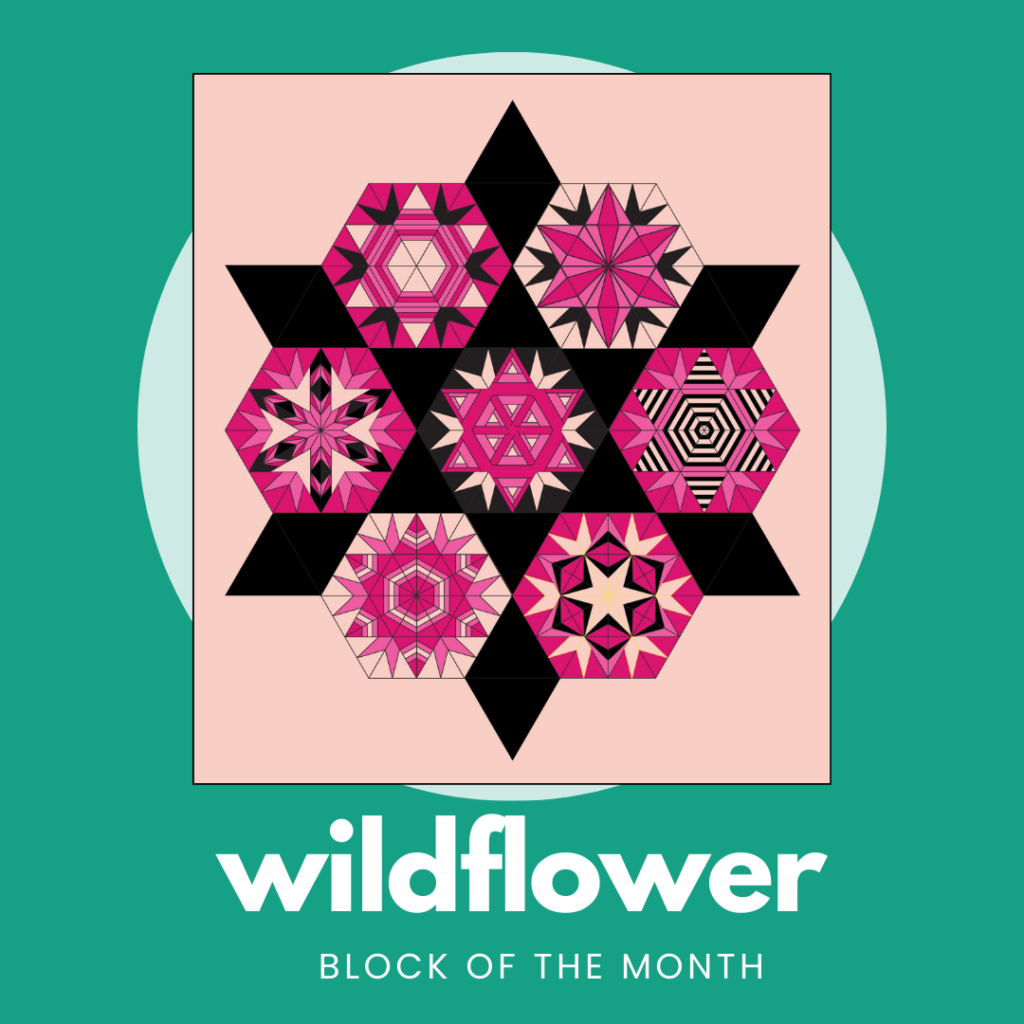
A typical block of the month quilt has 8 to 10 different triangles, constructed into unique blocks and quadrants.
For example, Wildflower included 7 unique large blocks, each made with a variety of 36 triangles.
Color: This one-color version relies on the hexagonal blocks offset by light and dark values for contrast.
Layout: Radial symmetry
Design recipe: Dark black background complements the bits of black in the blocks, while creating a dynamic, balanced foreground and background.
Start Your First of Many (!) Sampler Quilt Patterns
Embarking on your first one is an exciting endeavor! One of my first modern triangle quilts, Equilateral Sampler, is also one of my favorites. No two triangles alike. Playing with the color and shapes was endless fun.
Equilateral includes 36 unique blocks.
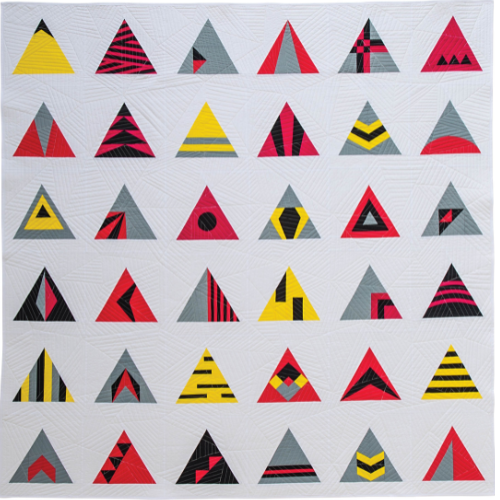
Color harmony: Three bold colors plus black and gray to increase the graphic impact.
Layout: Set in a grid pattern with equal amounts of gray space, so each triangle appears to float above the background and shouts CONTRAST!
Design recipe: Evenly spaced grid, equal positive and negative space, and symmetry.
These quilts offer a good starting point for confident beginners to:
- construct a variety of blocks
- flatten the learning curve
- learn new techniques, like applique, triangles, curves, foundation paper piecing.
- improve piecing accuracy
- gain confidence
The process, from selecting fabrics to piecing together blocks, is a journey of creativity and learning. While it may seem daunting, with a well-organized plan and enthusiasm, you’ve got this.
Choosing a Sampler Quilt Pattern
Number of Pieces Matter
Sampler quilts have lots of pieces. Lots of different kinds of pieces. Based on your skill level, time and interest (do I want to sew lots of pieces?), choose a pattern that fits your needs. Elizabeth Hartman includes a Skill Level Guide on her site to guide your decision.
Choose a Size
Again, how much time do you have to sew? A wall hanging or a bed-sized quilt? It’s okay to make a few blocks or many. I like quilt patterns that offer a variety of sizes – fewer blocks for a smaller quilt or different sized blocks.
Choose the Blocks
Make Modern Triangles offers 70 blocks, equilateral, right and isosceles triangles to mix or make one I’ve already designed. Opt for a variety of designs that appeal to you. Or challenge you.
Choose Harmonious Colors
Color schemes unite blocks that are different designs. They are also know as color harmonies. You need harmony to pull it all together because the blocks are different. Typically, you will need a minimum of three or four colors to make the design work.

Color: Stardust (above) Isosceles quilt is a two-color complementary scheme (blue and orange) that adds 4 additional colors with a range of light to dark values.
Layout: This three-color version is set in a grid pattern surrounded by white space, so each one shines. The bold colors floating on white fabric shout CONTRAST!
Design recipe: Evenly spaced grid, equal positive and negative space and balance through shape and color.
Riptide, also from Make Modern Triangles, has a unique grid pattern in rows. Still a sampler, only modern-er.
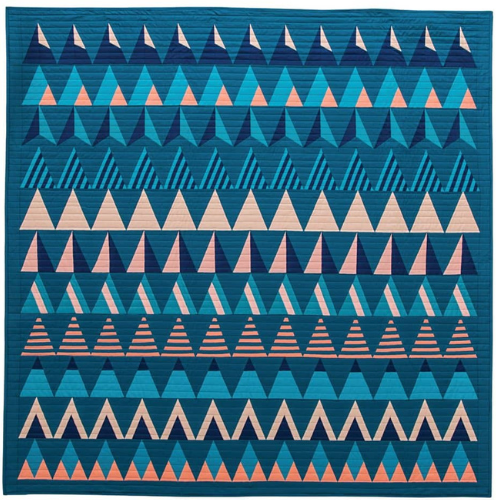
Cutting and Preparing Your Blocks
Follow the cutting instructions meticulously, using your rotary cutter and acrylic ruler to ensure sharp, precise cuts.
- Pay close attention to seam allowances, which are typically 1/4-inch. Consistent seam allowances are crucial for maintaining the accuracy of your block sizes.
- Cut all of the pieces for each block separately.
- As you cut, organize your fabric pieces for each block, using small ziplock bags, trays or lidded boxes to keep them separate and prevent any mix-ups.
- Label each block in its container.
Layout Strategies for Patchwork Sampler Blocks
The layout of your quilt is where your creativity shines, influencing the overall visual impact of your quilt.
- Experiment with different arrangements until you are very pleased! Play and then play some more.
- The most common sampler quilt layout is a grid, with blocks arranged in rows and columns; this layout is the easiest to make.
- If you’re looking for a snazzier layout, consider arranging your blocks in a diagonal or chevron pattern. Add a dose of patience.
- When your sampler tilts modern, skip the borders.
- Add borders with colors that complement the design without overpowering the blocks.
- Traditional sampler designs often include sashing – you could add this to nearly any sampler design, which offset the blocks nicely.
Quilt Block Sampler Assembly Tips
Square Up the Blocks
I like this video from Carolina Moore on squaring up blocks and an oops fix if your block is too small.
Piecing and Sashing
Sashing is a common technique used to separate and frame the individual blocks. Sashing strips are sewn between the blocks.
- Make sure every seam allowance is ¼ inch. Sashing adds a visual break and enhancing the quilt’s design.
- Cornerstones, small squares placed at the intersection of sashing strips, can add an extra touch of visual interest and complexity to your quilt.
- When sewing your blocks, take your time and be as precise as possible.
- Use pins or clips to hold your seams in place and prevent any shifting as you sew.
Assembling the top is like arranging puzzle pieces:
- Press your seams to one side as you sew, alternating the direction for each row.
- If sashing is used, add a strip of sashing to each blocks vertical side and press the seams toward the sashing.
- Sew an entire row together.
- When all of the rows are sewn, measure and cut puus two inches, a horizontal strip of sashing.
- Sew the piece of sashing onto the first row. Then sew the two rows together starting in the center of the row, matching the sashing at their center points. Pin or clip the seam to hold it steady while sewing.
Conclusion
Sampler quilt patterns are fun and interesting beginner and seasoned quilters. Sure, there are lots of variables – balls to juggle – and that pushes your creativity. You’re going to fall in love with sampler quilt patterns because variety is the spice of life. Who doesn’t want a spicy life?
Frequently Asked Questions
How Many Blocks Do I Need for a Sampler Quilt?
The number of blocks required depends on your desired size and final layout. layout. Many patterns give you a range of choices for size.
What are easy sampler quilt patterns to make?
Rows and columns without sashing and fewer pieces are the easiest to make for beginners.
